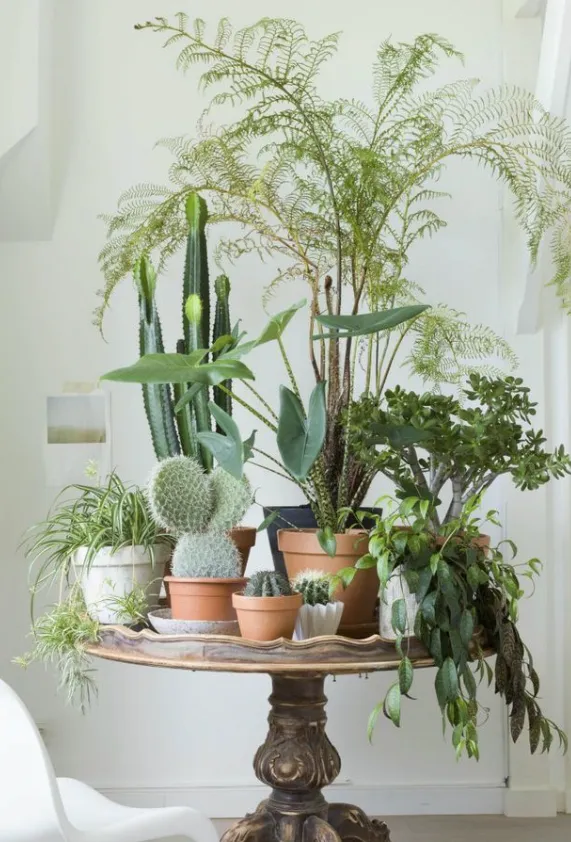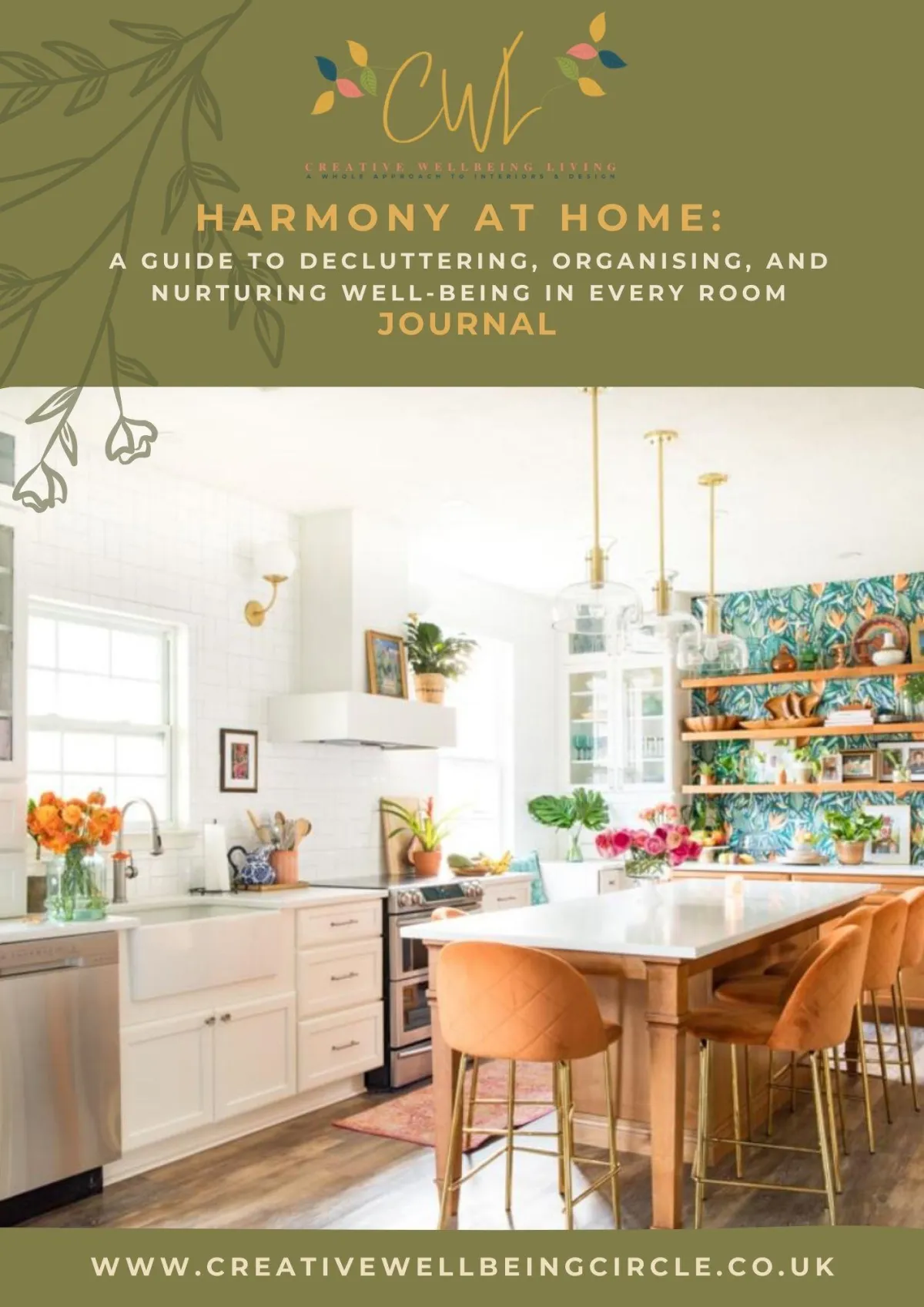STORIES
If walls could talk...

Biophilia – Bringing the Outside In
Biophilia – Bringing the Outside In - Plants for Health and Wellbeing
Spring is in the air, and it’s calling us to open the windows, let the light in, and fill our homes with a little greenery magic. Enter biophilia—a fancy term for embracing nature indoors. It’s not just a trend; it’s a way to reduce stress, improve air quality, and make your home feel like a lush oasis of calm (without the mosquitoes). Let’s explore how to bring biophilic design into your home in ways that are beautiful, practical, and low maintenance (promise).
1. Plants with Purpose
When it comes to biophilia, plants are the real MVPs. They’re not just decorative; they work hard to improve air quality, boost your mood, and even reduce toxins in your home. Here are the top contenders for plant parenthood:
Snake Plant (Sansevieria):
Low maintenance, air-purifying, and virtually indestructible—this is the plant for people who forget to water. It also removes toxins like formaldehyde and benzene, commonly found in cleaning products and furnishings.
Peace Lily (Spathiphyllum):
Beautiful and functional, this plant removes toxins like benzene, trichloroethylene, and ammonia, which are often emitted by household cleaners and paints. Bonus: It tells you when it’s thirsty by drooping its leaves.
Pothos (Epipremnum aureum):
This trailing beauty thrives in low light and grows like a dream. It’s excellent for removing carbon monoxide and formaldehyde, making it perfect for spaces with synthetic carpets or furniture.
Boston Fern (Nephrolepis exaltata):
Ideal for humid spaces like bathrooms, it’s a humidity-loving air purifier that looks fabulous in a basket. It’s also great at removing formaldehyde and xylene, often found in adhesives and paint.
2. Design Ideas: Natural Textures and Organic Shapes
Biophilic design isn’t just about adding plants—it’s about creating a holistic connection to nature using textures, materials, and shapes. Here’s how to do it:
Natural Textures
Wooden Furniture - Opt for reclaimed or untreated wood pieces to bring an earthy vibe to your space.

Woven Baskets - Perfect for storage or as plant holders, baskets add warmth and texture.

Stone and Marble Accents: These natural materials ground a room and add an elegant touch.

Organic Shapes
Swap hard edges for curves and flowing lines, inspired by the natural world.
Try a circular rug or a wavy vase to soften the space.

3. The Science of Biophilic Design
Biophilic design isn’t just about aesthetics—it’s backed by science. Studies show that connecting with nature indoors can:
Reduce stress and anxiety.
Improve focus and productivity (perfect for your home office!).
Boost creativity and overall happiness.
How Plants Help with Toxins:
Everyday items in your home, like furniture, carpets, and cleaning products, can release volatile organic compounds (VOCs) that lower air quality. Plants act as natural air filters by absorbing these toxins through their leaves and roots, creating a cleaner, healthier indoor environment.
Common Toxins Found Indoors:
Formaldehyde: Found in pressed-wood furniture, carpets, and adhesives.
Benzene: Found in paints, detergents, and synthetic fibres.
Xylene: Found in adhesives and paint thinners.
Trichloroethylene: Found in dry-cleaned clothing and some cleaning products.

4. How to Keep Your Plants Alive
Even if you’re not a green thumb, biophilia is still achievable. Here’s how to set your plants (and yourself) up for success:
Start Small: Begin with one or two low-maintenance plants like succulents or snake plants.
Water Wisely: Most plants prefer consistent watering—neither too much nor too little. When in doubt, check the soil with your finger.
Right Spot: Match the plant to the light conditions of your space. Low light? Snake plants and pothos are your go-to. Bright light? Opt for ferns or succulents.
Dust Them Off: Dust can block sunlight absorption, so give your plants a quick wipe with a damp cloth every now and then.

5. Styling Your Biophilic Home
Ready to create your indoor jungle? Here are some styling tips:
Cluster Plants Together: Group plants in odd numbers and vary the heights for a lush, layered look.
Go Vertical: Use hanging planters or tall shelving units for cascading plants.
Mix and Match Pots: Experiment with different textures, like ceramic, terracotta, and woven baskets.

Closing Thoughts: The Biophilic Life
Bringing nature into your home isn’t just about making it look pretty (although that’s a bonus). It’s about creating a space that nurtures your wellbeing, reduces stress, and makes you feel connected to the natural world—even if you live in the middle of a city. So, whether you’re ready to start your plant parenting journey or simply swap a plastic chair for a wooden one, biophilia is your invitation to embrace nature indoors.
Curious to learn more about designing a home that supports your wellbeing? Join my 10-week Wellbeing Interior Design course starting February 25th and transform your space (and maybe your life). Let’s create something beautiful together!

FREE DOWNLOAD
Harmony At Home
Starting with 'Harmony At Home' A guide to decluttering, organising and nurturing wellbeing.
© Copyright 2023 Creative Wellbeing Living

Facebook
Instagram
LinkedIn